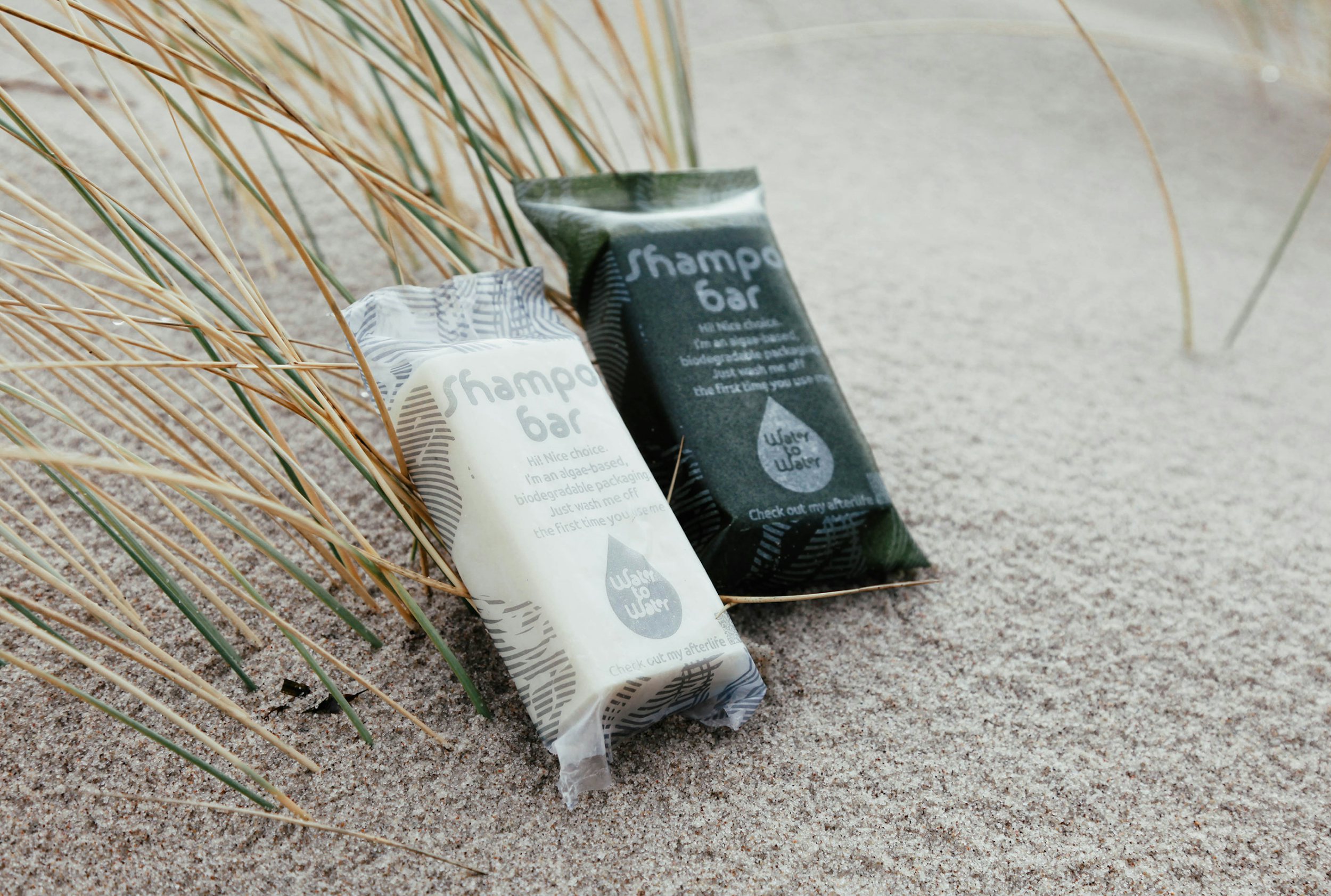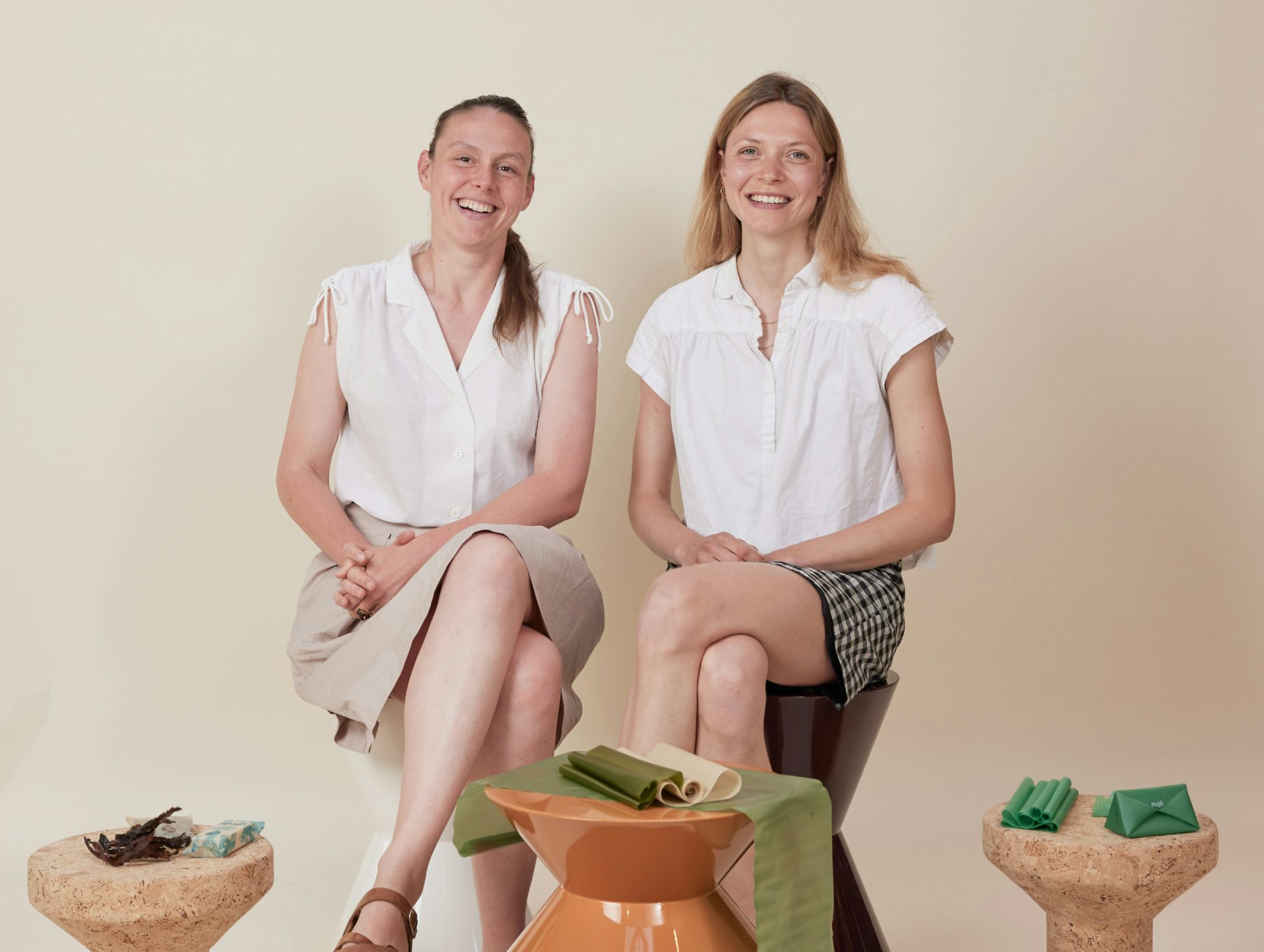
小さなもののパワー
そしてウォレットのバネについて語ってもらいました
ランチタイムです。新型コロナウィルスのため、共同創設者のルネは、社員と共に本社にいるのではなく、予防接種を受けた両親のゲリー(81歳)とジョープ・ファン・ギア(91)とリビングルームにいます。オンラインビデオを使用して、父と息子の関係について、人生の先輩として息子にどのように影響を与えたのか、そしてウォレットのバネについて語ってもらいました。
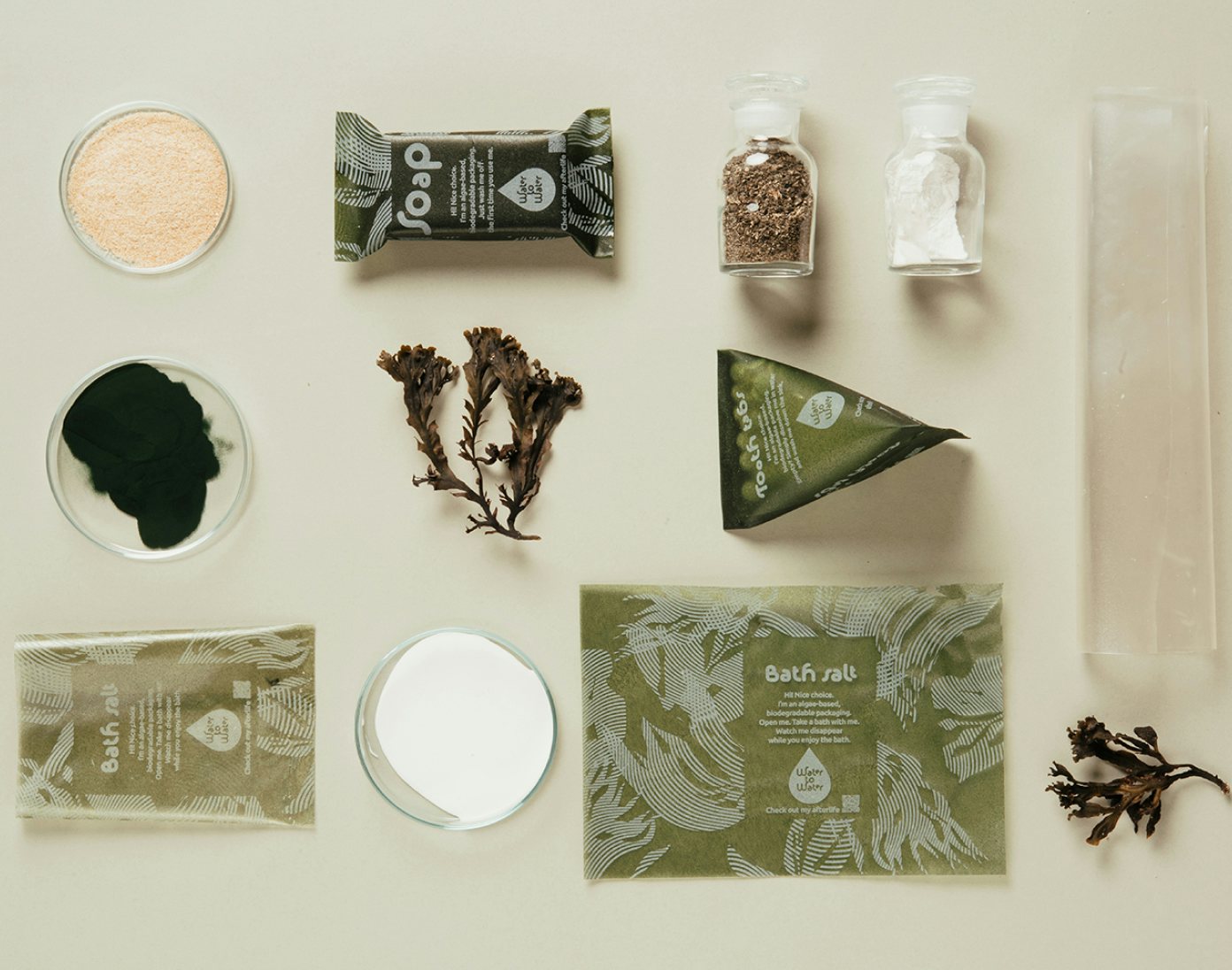
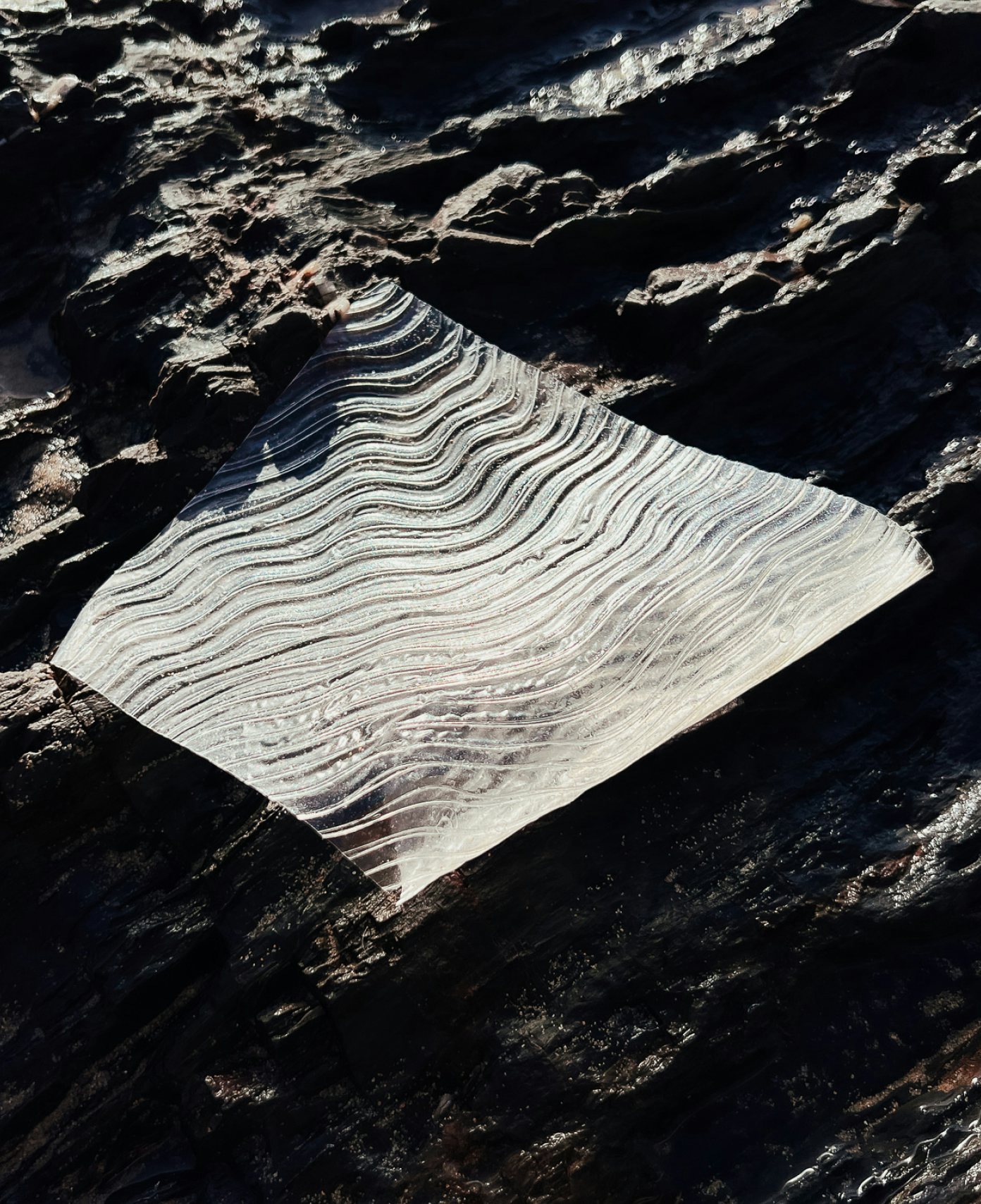
Photography: Anouk Moerman & Mujō
This makes it an exciting resource for the packaging industry, which is currently one of the largest drivers of plastic pollution. Single-use containers and bags make up a large part of the problem: around the world, we buy a million plastic bottles a minute and recycle less than 10% of what we throw away. This means the vast majority ends up in landfill, or leaking into nature, where it can take up to 1,000 years to decompose.
By bringing together design and science, mujō has found a way to deliver a beautiful, functional alternative to plastic that is as harmless to the environment as a fruit peel. To learn more about their story, we talked to mujō’s co-founders Juni Neyenhuys and Annekathrin Grüneberg. Here, we ask them 7 questions about the industry they’re trying to change, their choices and dilemmas as creative entrepreneurs and where they’re headed to next.
Tell us the story behind mujō! How did the idea first come about?
Juni: So, Anne and I actually met in 2018, during a university project. Anne was studying polymer physics at the technical university in Berlin and I was studying textile design together with our former co-founder Malu. At first, we were working on making a new type of yarn out of seaweed. And then in 2020, we realised there was a huge potential for these kinds of materials in the packaging market, which has a big problem with plastic pollution. That's why we said, okay, let's use this ability of seaweed—a material which can biodegrade really quickly—for the use case of packaging. This is how everything started.
Can you tell us a little bit about the industry you’re trying to change?
Anne: When it comes to packaging, the dominant materials on the market are glass, paper, plastic, metal. From these, the one that is causing the most severe pollution is plastic, because it does not biodegrade in nature. The other materials are less problematic, because they can erode with time. And even when they turn into smaller pieces they don't cause as much harm to the environment as plastic.
Unfortunately plastic has all these great properties: it’s super flexible, durable, you can form it in any way you want, and it’s cheaper than many other materials we have. Right now, we’re dealing with a kind of addiction to plastic, simply because it's so comfortable to use and it’s so hard to develop alternatives that perform in the same way.
Juni: To give you an idea of the numbers: the world currently produces 133 million tonnes of new plastic packaging every year. What’s also shocking is that studies have found that we as humans eat five grams of microplastic every week—the same amount as what’s in a credit card. So it's really everywhere.
This is also why recycling is not a great solution, because this technological cycle still exists in a biosphere. The problem with plastic is that it isn't food for any organism. And often, when things get recycled, the materials lose quality or are contaminated, so you can't use them again for food or cosmetic packaging. It also costs more to recycle than to buy virgin plastic.
How is mujō doing things differently in packaging?
Juni: Our bioplastic is made using polymers extracted from seaweed. Seaweed is a resource which can grow in salty waters all over the world. It naturally binds nutrients, it cleans the water, and it can even capture carbon dioxide from the atmosphere. But what makes it so interesting for material design is that it can be cultivated without the need for any additional water or agricultural land, unlike most bio-based materials.
At mujō we make materials using biopolymers extracted directly from seaweed. We don't modify it chemically, which means that it still is in a structure that nature knows how to process. This is an advantage because other bioplastics can only degrade in very specific, industrial settings.
そんな製品を提供することに、最高の幸せを感じます。
カードプロテクターをいくつお持ちですか?
ジョープ:私は2つ、妻のゲリーは3つ持っています。1つには、現金を入れています。カードプロテクターは完璧に機能するため、改善の余地がありません(笑)。カードプロテクターの小さなバネは非常に正確に機能します。洗練されたデザインで、ルネを象徴しています。
ルネ:子供の頃から、「小さい」ものに憧れを持っていました。子供の頃から夢に見るほど、「小さい」ものを恐れ、愛を抱いていました。私の関心は、このような「小さい」ものに向けられていました。機械的なソリューションとムーブメント。とても関心を持っていました。自分が身に着ける製品は、自身の身体の延長であり、欠点を補うものでもあります。私たちのウォレットを気に入っている点でもあります。一日中、持ち歩くパーソナル・アイテムであり、たくさんの人に分かち合えてもらえる。少数の選ばれた人たちに限定されない。そんな製品を提供することに、最高の幸せを感じます。
カードプロテクターのアームが開閉する小さなバネは非常に重要な部品ですが、長い年月を得ても改善することができますか?
ルネ:カードプロテクターが発売され、すでに13年間になります。返送されたものは全て、保管し、検査します。こうすることによって、「アキレス腱」の位置がわかります。返品されたものを修理、または新しいカードプロテクターを送ります。スプリングは動的に負担がかかり、基本的にウォレットの最も脆弱な部分です。全ての小さな角、丸い角はその寿命を決定します。100万回ものテストを行っており、バネより多くの試験機を使い果たしました。
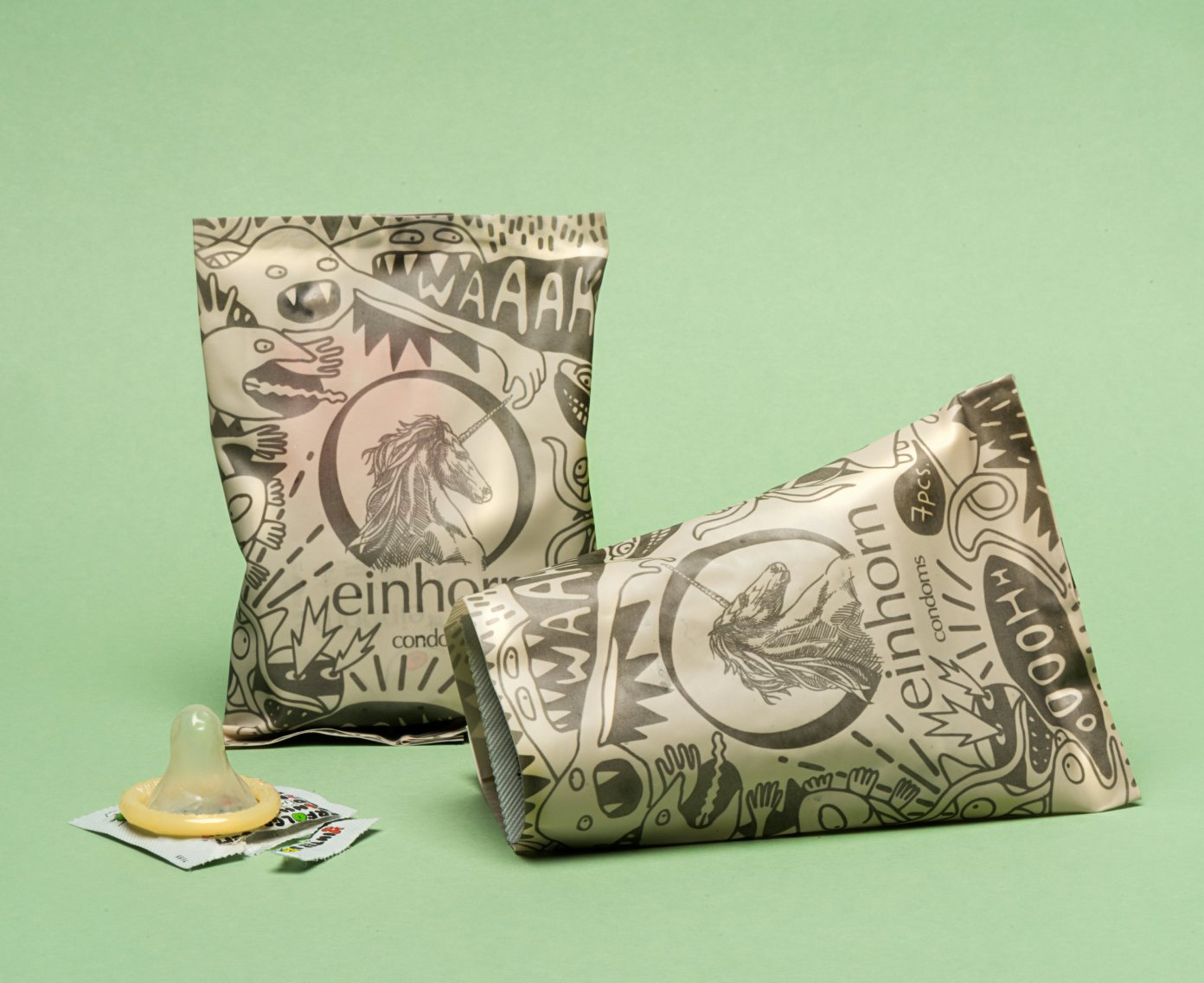
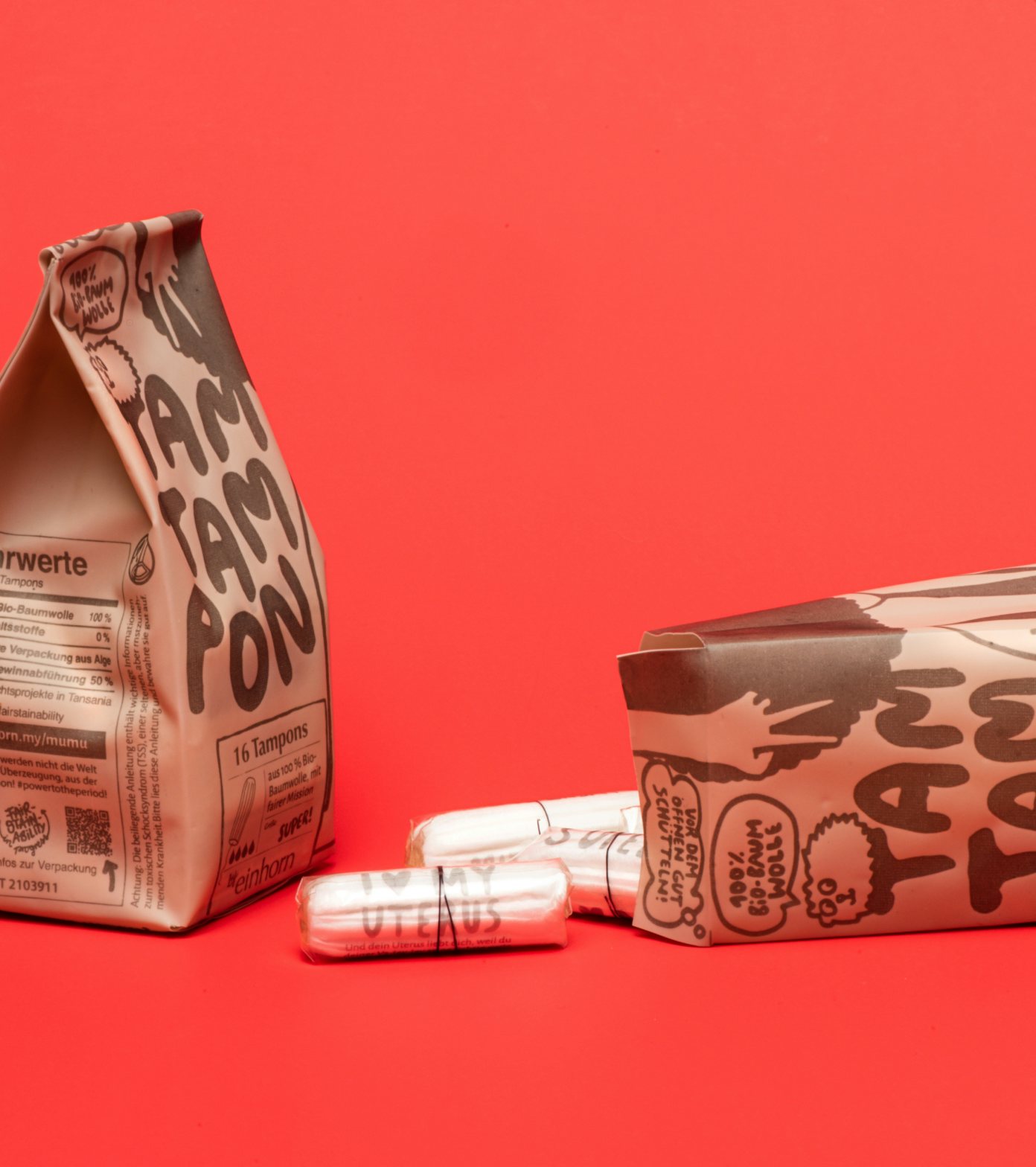
このように商品を扱うことは、未来への道だと思いますか?
ルネ:
そうであるべきです。
ジョープ:サステナビリティのために、そうでなければなりません。
ルネ:可能な限り、長いライフスパンを作り出すようにしていますが、使用期間に応じて調整されることが大切です。例えば、プラスティックの寿命は長すぎます。数十年経った今でも自然界に存在しています。その反面、実際に使用できるプラスティックの年数は非常に短いのです。これらの2つの側面を一致される必要性があります。Secrid社では、寿命が来ると、材料はチェーンに戻されます。12年前にカードプロテクターを作り始めましたが、今でも美しく機能しています。財布の寿命は、最低でも10年。それが、私たちが求めている品質です。
ジョープ:
ファッションの問題もあります。10年も20年も同じものを着ますか?それとも、流行を追いますか?
ルネ:
私は、例えば衣類においても、より長い寿命を望んでいます。美しい天然素材を使用した衣類は、長持ちし、着心地もとても良いです。40年愛用してきたジャンパーはまだ丈夫です。しかし、製品によって異なります。
お財布以外にも、長く愛用してきたもの、好きなものはありますか?離すことができないもの?
ルネ:長年愛用している靴やジャンパー、自転車などがあります。
ジョープ:古いハイキングブーツを持っていますが、よく歩いていたため、少しすり減っています。すでに新しいブーツを持っていますが、まだ古いものを使用しています。
ゲリーが、ジョープ愛用の古いブーツのカメラ越しに見せてくれます。靴底に大きな穴があります。
ルネ:
まだ修理できますね!
ジョープ:このブーツは私と一緒に多くのことを経験してきて、ある意味私の一部となっています。
ルネさん、使命ができましたね!お父さんを靴職人の元に連れていくことですね!
笑い.
